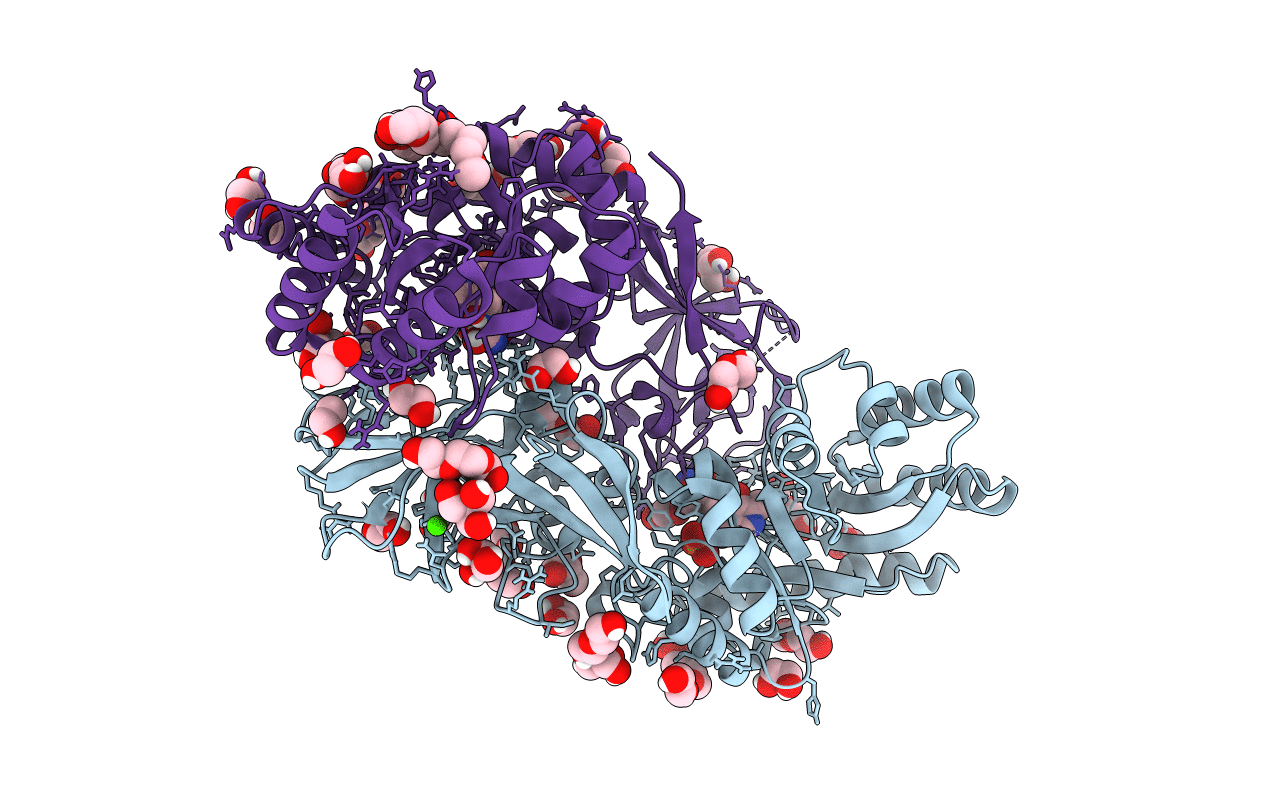
Deposition Date
2019-07-26
Release Date
2020-04-01
Last Version Date
2024-01-24
Entry Detail
PDB ID:
6SCZ
Keywords:
Title:
Mycobacterium tuberculosis alanine racemase inhibited by DCS
Biological Source:
Source Organism:
Mycobacterium tuberculosis H37Rv (Taxon ID: 83332)
Host Organism:
Method Details:
Experimental Method:
Resolution:
1.57 Å
R-Value Free:
0.18
R-Value Work:
0.15
R-Value Observed:
0.15
Space Group:
P 41 21 2


